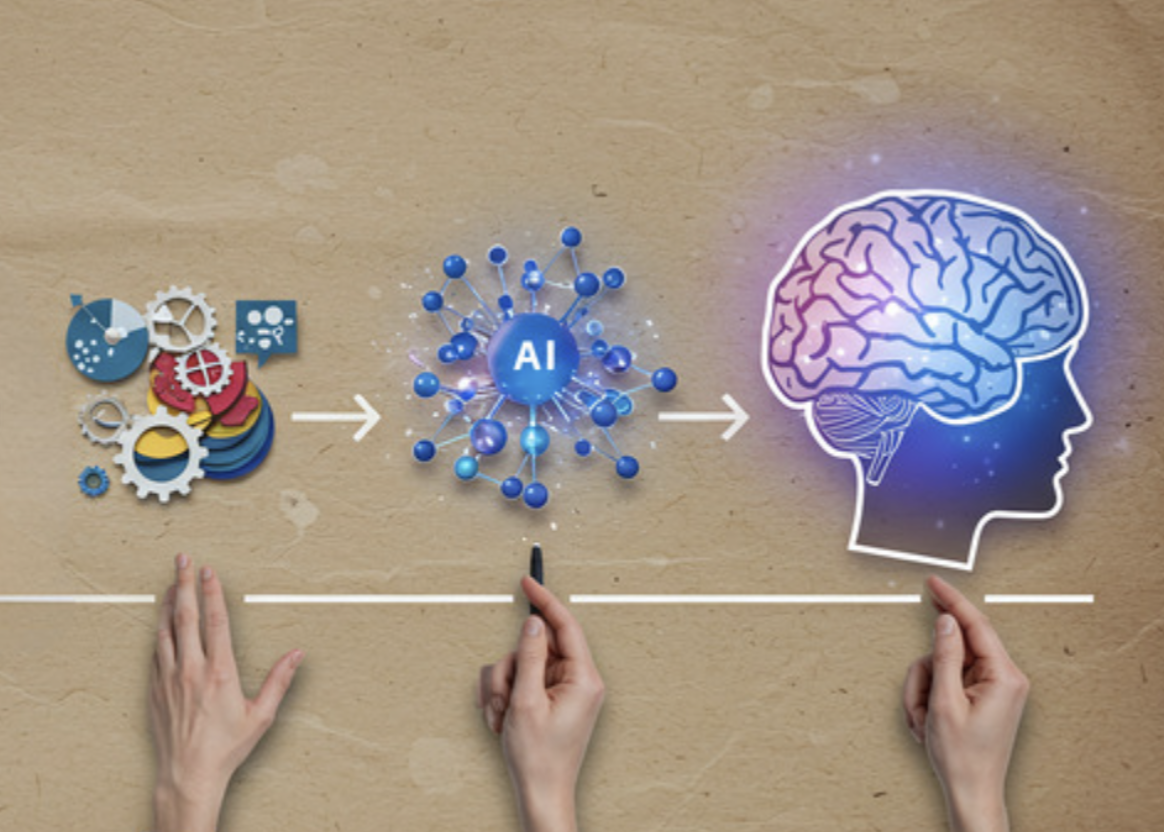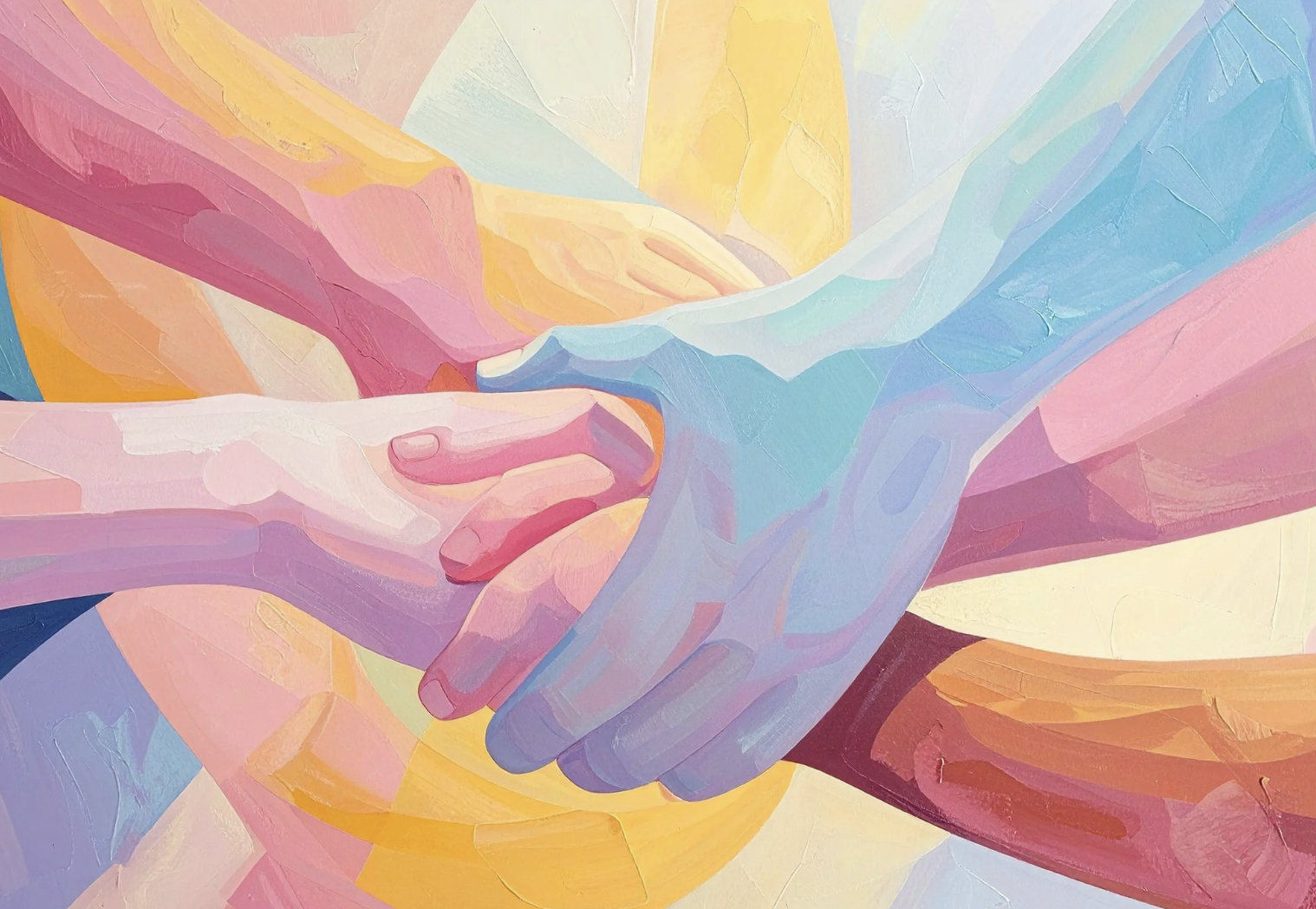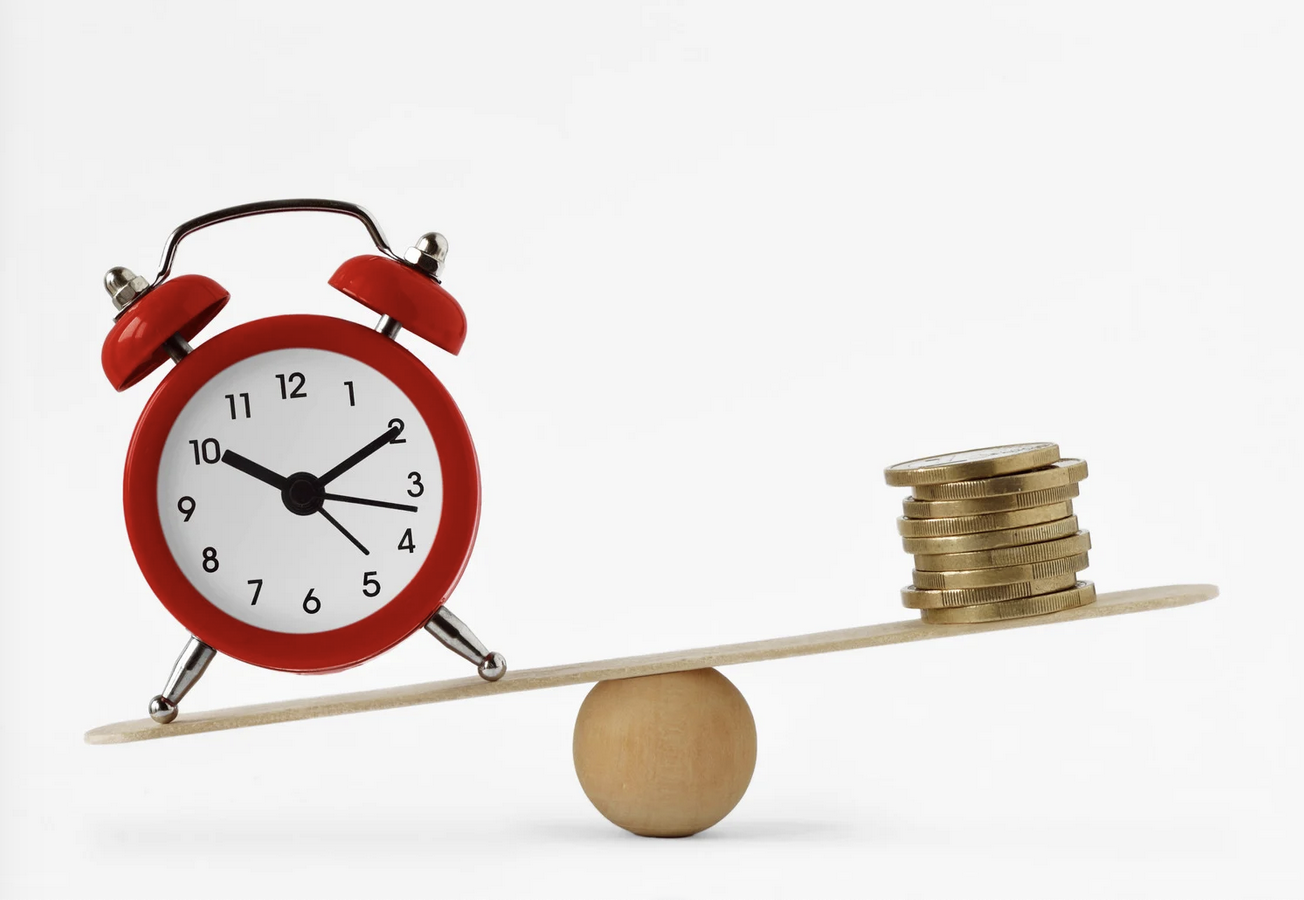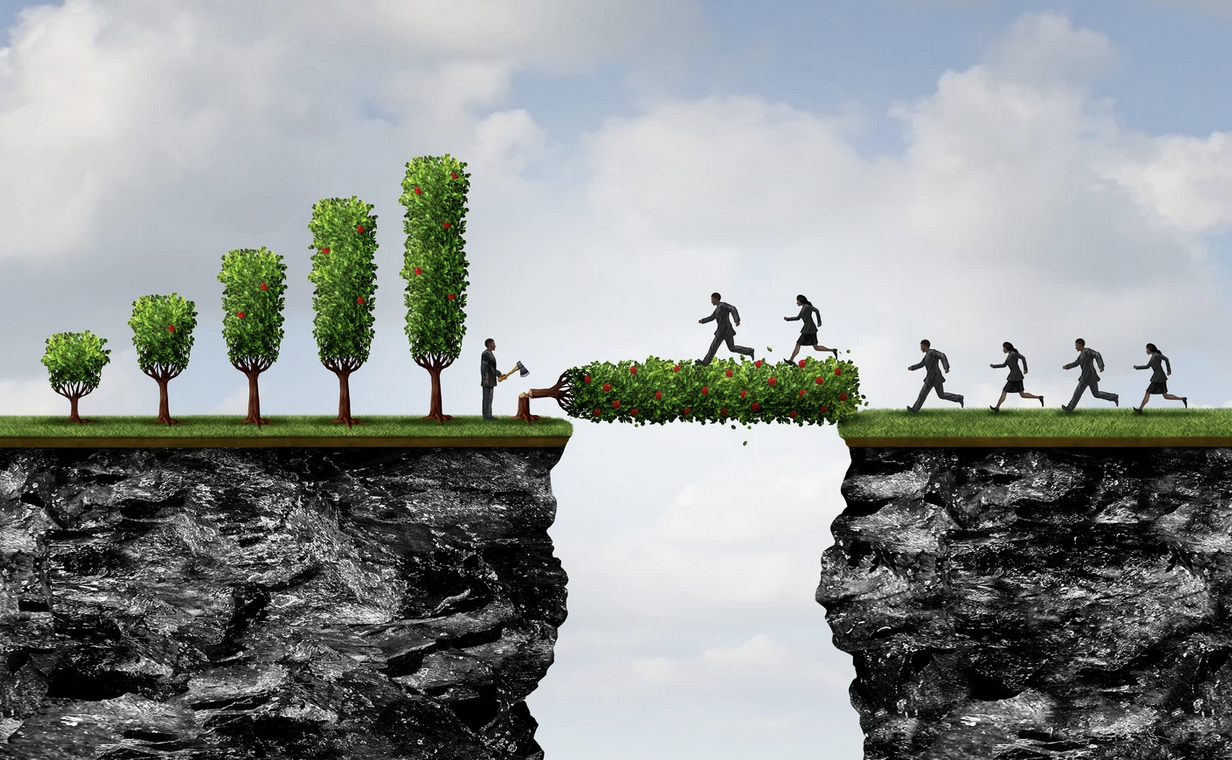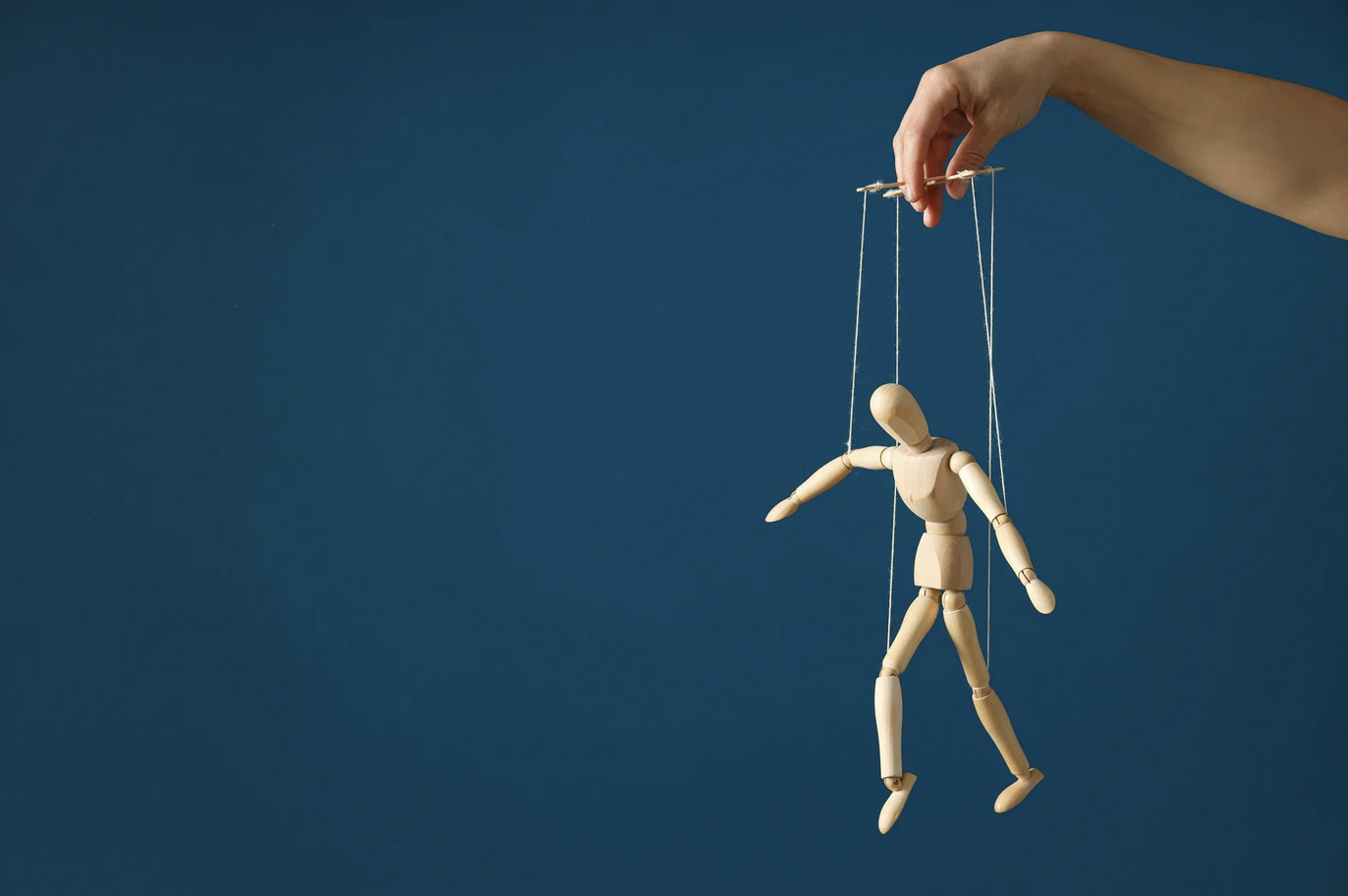Every team has a collective consciousness level that determines its potential for creativity, collaboration, and impact.
Most leaders focus on individual performance and skills when building teams, but they miss the most important factor: the collective consciousness level of the group. A team’s consciousness level determines how well they communicate, how creatively they solve problems, how effectively they handle conflict, and ultimately, how much impact they can create in the world.
Understanding and working with team consciousness levels is one of the most powerful leadership skills you can develop. It allows you to diagnose why teams are struggling, predict their potential, and create interventions that elevate their collective intelligence.
The Four Levels of Team Consciousness
Just like individuals, teams operate from distinct consciousness levels that can be identified and developed:
Level 1: Survival Consciousness (Fear-Based Teams) Characteristics: Competition, blame, scarcity thinking, power struggles, information hoarding, defensive communication.
Team Dynamics: Team members operate from fear of losing their jobs, being blamed, or being excluded. They compete with each other rather than collaborate, hoard information to maintain power, and spend energy on politics rather than productivity.
Communication Style: Defensive, indirect, blame-oriented, and focused on covering mistakes rather than learning from them.
Problem-Solving Approach: Reactive, short-term focused, and aimed at avoiding blame rather than finding optimal solutions.
Leadership Challenge: Creating safety and trust so team members can move beyond survival mode.
Level 2: Achievement Consciousness (Goal-Driven Teams) Characteristics: Individual excellence, competitive collaboration, results focus, hierarchical structure, performance optimization.
Team Dynamics: Team members are motivated by personal and team success. They work hard, set ambitious goals, and focus on measurable results. Competition exists but is channeled toward external goals rather than internal politics.
Communication Style: Direct, results-oriented, and focused on performance metrics and goal achievement.
Problem-Solving Approach: Strategic, systematic, and focused on optimization and efficiency.
Leadership Challenge: Balancing individual achievement with team collaboration and ensuring sustainable performance.
Level 3: Collaborative Consciousness (Relationship-Centered Teams) Characteristics: Mutual support, shared decision-making, emotional intelligence, consensus-building, team harmony.
Team Dynamics: Team members prioritize relationships and group harmony. They make decisions collectively, support each other’s development, and create inclusive environments where everyone feels valued.
Communication Style: Empathetic, inclusive, and focused on understanding different perspectives and building consensus.
Problem-Solving Approach: Collaborative, relationship-aware, and focused on solutions that work for everyone.
Leadership Challenge: Maintaining efficiency and decisiveness while honoring the collaborative process.
Level 4: Creative Consciousness (Innovation-Focused Teams) Characteristics: Breakthrough thinking, creative risk-taking, visionary problem-solving, adaptive structures, innovation culture.
Team Dynamics: Team members are energized by creative challenges and breakthrough possibilities. They take intelligent risks, experiment with new approaches, and create innovative solutions to complex problems.
Communication Style: Inspirational, creative, and focused on possibilities and breakthrough potential.
Problem-Solving Approach: Innovative, experimental, and focused on creating new paradigms rather than optimizing existing ones.
Leadership Challenge: Balancing creative freedom with practical execution and results.
The Consciousness Level Assessment Process
To work effectively with team consciousness levels, you need to be able to accurately assess where your team currently operates. Here are the key indicators:
Language Patterns: Listen to how team members talk about challenges, opportunities, and each other. Fear-based language indicates Level 1, results language indicates Level 2, relationship language indicates Level 3, and possibility language indicates Level 4.
Conflict Resolution Style: How does the team handle disagreements? Level 1 teams avoid or escalate conflict, Level 2 teams compete to win, Level 3 teams seek compromise, and Level 4 teams use conflict as creative tension.
Decision-Making Process: How are decisions made? Level 1 teams defer to authority out of fear, Level 2 teams focus on data and results, Level 3 teams seek consensus, and Level 4 teams make decisions based on creative potential.
Response to Change: How does the team react to new challenges or changes? Level 1 teams resist change, Level 2 teams adapt strategically, Level 3 teams process change collectively, and Level 4 teams embrace change as opportunity.
The Mixed-Level Challenge
Most teams don’t operate from a single consciousness level—they have members operating from different levels, which creates specific dynamics and challenges:
Level 1-2 Mix: Fear-based members hold back achievement-oriented members, creating frustration and performance gaps.
Level 2-3 Mix: Results-focused members clash with relationship-focused members over priorities and decision-making processes.
Level 3-4 Mix: Harmony-seeking members may resist the creative disruption that innovation requires.
Multi-Level Teams: Teams with members across all levels require sophisticated leadership to integrate different consciousness approaches.
The Consciousness Elevation Strategies
Once you’ve assessed your team’s consciousness level, you can use specific strategies to elevate their collective intelligence:
Elevating from Level 1 to Level 2: – Create clear performance metrics and reward systems – Establish transparent communication about expectations and consequences – Provide skills training and professional development opportunities – Celebrate individual and team achievements – Remove or address toxic team members who maintain fear-based dynamics
Elevating from Level 2 to Level 3: – Implement collaborative decision-making processes – Provide emotional intelligence and communication training – Create opportunities for team bonding and relationship building – Establish shared values and team purpose beyond just results – Reward collaborative behavior and team support
Elevating from Level 3 to Level 4: – Encourage creative risk-taking and experimentation – Create innovation time and resources – Bring in external perspectives and challenges – Reward breakthrough thinking and creative solutions – Establish a culture that celebrates intelligent failure as learning
The AI-Assisted Team Consciousness Assessment
This is an area where AI can provide incredible value. I’m developing AI tools that can assess team consciousness levels by analyzing:
Communication Patterns: Language analysis of team meetings, emails, and chat conversations to identify consciousness indicators.
Decision-Making Processes: Analysis of how teams make decisions and what factors they prioritize.
Conflict Resolution Styles: Assessment of how teams handle disagreements and challenges.
Innovation Metrics: Measurement of creative output, risk-taking, and breakthrough thinking.
These tools can provide objective assessment of team consciousness levels and track progress over time as you implement elevation strategies.
The Consciousness-Based Leadership Approach
Leading teams at different consciousness levels requires different approaches:
Leading Level 1 Teams: Focus on creating safety, clear expectations, and basic skill development. Use directive leadership and clear consequences.
Leading Level 2 Teams: Focus on goal-setting, performance optimization, and individual development. Use coaching leadership and competitive motivation.
Leading Level 3 Teams: Focus on relationship building, collaborative processes, and shared decision-making. Use facilitative leadership and consensus building.
Leading Level 4 Teams: Focus on vision creation, creative challenges, and innovation support. Use inspirational leadership and creative freedom.
The Collective Intelligence Multiplier
When teams operate from higher consciousness levels, they don’t just perform better—they create collective intelligence that’s greater than the sum of their individual capabilities.
Level 1 Teams: Collective intelligence is diminished by fear and competition. The team is less than the sum of its parts.
Level 2 Teams: Collective intelligence equals the sum of individual capabilities. Good coordination but limited synergy.
Level 3 Teams: Collective intelligence exceeds individual capabilities through collaboration and mutual support.
Level 4 Teams: Collective intelligence creates breakthrough capabilities that no individual could achieve alone.
The Consciousness Contagion Effect
Team consciousness levels are contagious. When you introduce higher-consciousness team members or practices, they tend to elevate the entire team over time. Similarly, lower-consciousness members or practices can drag down the entire team.
This is why hiring for consciousness level—not just skills and experience—is so important. One toxic team member operating from Level 1 can undermine an entire Level 3 team.
The Evolution Timeline
Teams don’t evolve overnight. Consciousness level elevation typically follows this timeline:
3-6 Months: Initial shifts in language and behavior patterns 6-12 Months: Establishment of new norms and practices 12-18 Months: Integration of new consciousness level into team culture 18+ Months: Sustainable operation from higher consciousness level
The Measurement Framework
Track your team’s consciousness evolution using these metrics:
Quantitative Measures: – Employee engagement and satisfaction scores – Innovation metrics and creative output – Collaboration frequency and effectiveness – Conflict resolution speed and success – Performance and productivity improvements
Qualitative Measures: – Language pattern analysis – Decision-making process assessment – Communication style evaluation – Cultural atmosphere and energy – Leadership feedback and observation
Teams that operate from higher consciousness levels don’t just perform better—they create more fulfilling work experiences and greater positive impact in the world.
The investment in elevating team consciousness pays dividends not just in performance, but in the quality of human experience and the level of contribution the team can make to the larger world.
When you elevate a team’s consciousness, you’re not just improving business results—you’re contributing to the evolution of human collaboration and collective intelligence.

